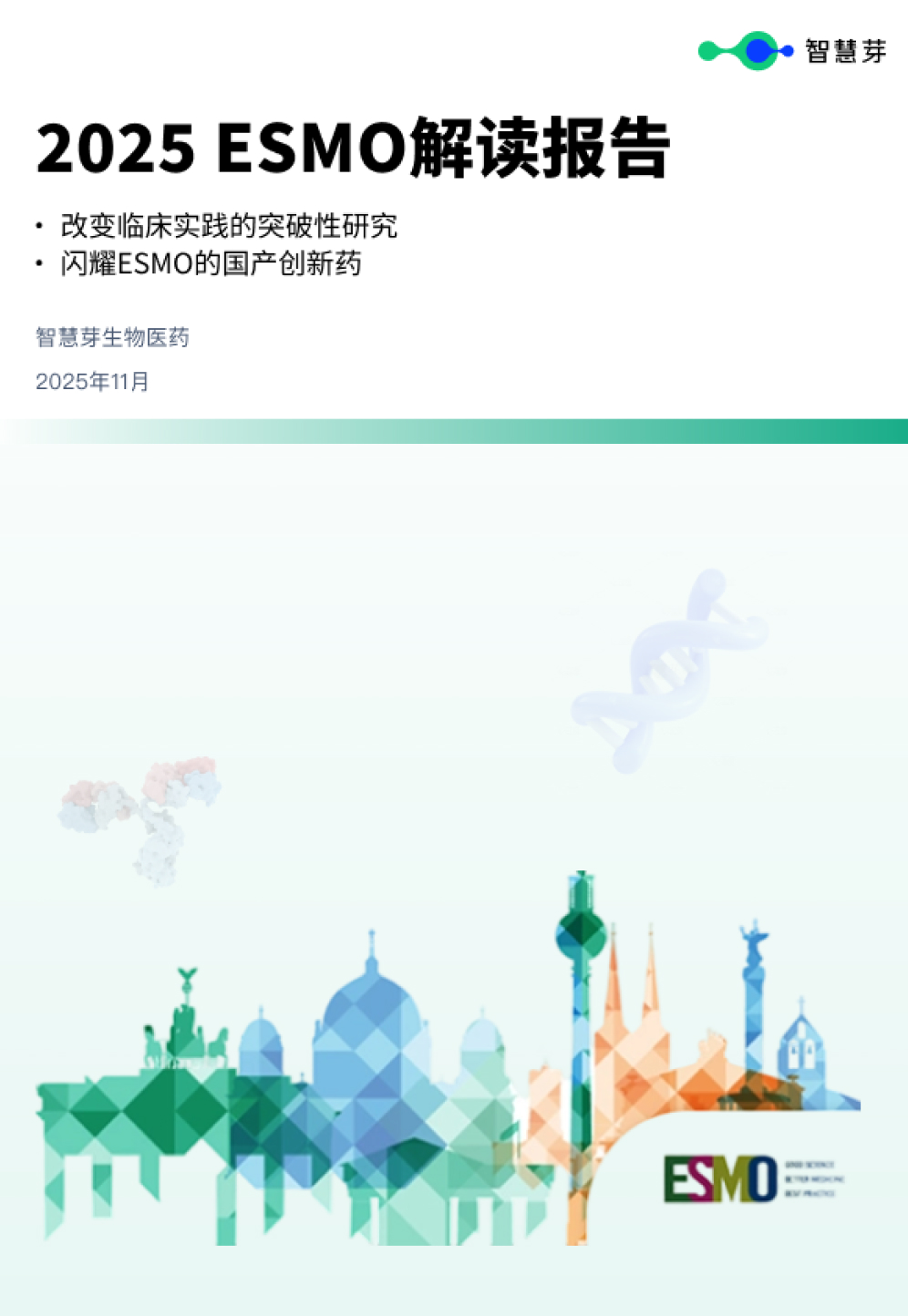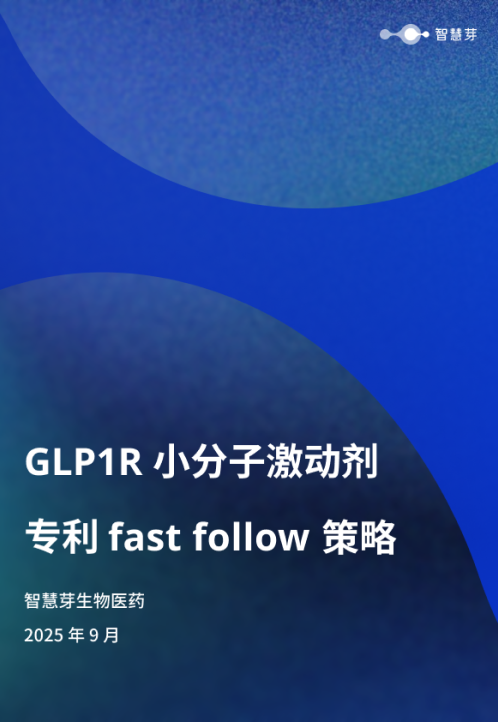预约演示
Radiopharmaceutical Industry Outlook: Growth Trends and Future Prospects
2024-06-25
并购临床3期放射疗法
The concept of radiopharmaceuticals has been around for several decades. The field of radiotherapeutics has seen rapid development due to advances in radioisotope-based therapies, multimodality bioimaging technology, nanotherapeutics, and interventional oncology. The success of Novartis' prostate cancer drug Pluvicto further led to the resurgence of interest among prominent players in the field, leading to numerous clinical trials testing novel radiotheranostics.
What are radiopharmaceuticals, and what are some statistics about the procedures performed globally?
Radiopharmaceutical is a combination of radioactive isotopes and pharmaceutical drugs. They are used to diagnose and treat life-threatening diseases such as cancer, cardiac disorders, and neurological disorders. They are utilized in 3 procedures: SPECT imaging, PET imaging and therapeutics. Radiopharmaceuticals are transforming the treatment of various diseases, especially cancers, with targeted radionuclide therapy. Radioligand therapy targets cancer cells with high doses of radiation, promising advancements in cancer treatment.
The widespread use of nuclear medicines is evident from a number of procedures performed globally. According to the World Nuclear Association, the annual number of nuclear medicine procedures performed exceeds 50 million, and the need for radioisotopes is rising. Radioisotopes are employed in the medical field by more than 10,000 hospitals worldwide, with approximately 90% of the procedures being diagnostic. Technetium-99 (Tc-99m) is the most often used radioisotope in nuclear medicine diagnostics; it is utilized in approximately 80% of nuclear medicine procedures and 85% of diagnostic scans performed globally. Additionally, in the US and Europe, 20 million and about 10 million nuclear medicine procedures are performed annually, respectively, with 2 million being therapeutic.
SPECT is the current major scanning technology employed to diagnose and monitor a wide range of medical conditions; however, PET is expected to be preferred in future over SPECT as it is a more precise and sophisticated technique in the diagnosis of cancers and is well-used in cardiac and brain imaging. Tc-99m and 18F- FDG are the major radiopharmaceuticals for SPECT and PET imaging, which account for 80% of all nuclear medicine procedures. However, the availability of new radiopharmaceuticals, such as PET imaging agents flutemetamol and florbetapir used in neurological conditions and cancer theranostic, drive molecular imaging in the clinical setting.
Read our related market research report’s key insights:
Radiopharmaceutical CDMO/CMO Services Market Key Insights 2024
Radiotheranostics Market Key Insights 2024
Radiopharmaceuticals Market Key Insights 2024
Radioligand Therapy Market Key Insights 2024
Radioactive Tracer Market Key Insights 2024
What are the different components of the radiopharmaceuticals market:
Radioligand therapy, nuclear pharmacy, radiotheranostics, and radioactive tracers are various components used in radiopharmaceuticals to diagnose and treat diseases. The increasing utilization of these components drives substantial growth in the radiopharmaceutical industry. With rising demand for targeted cancer treatments, advanced diagnostic procedures, and integrated therapeutic solutions, these segments play pivotal roles in expanding the market. As technological innovations continue to enhance precision and efficiency, the radiopharmaceutical industry is poised for sustained growth and global expansion in the coming years.
Radioligand Therapy/ Radiopharmaceutical Therapeutics
Radioligand therapy (RLT) utilizes targeted medicines, often employing radioactive isotopes like lutetium-177, to bind to tumour targets, offering high rates of long-term tumour remission and stability, particularly for metastasized disease.
Nuclear Pharmacy
Nuclear pharmacy, a pharmacy subspecialty, focuses on preparing, dispensing, and managing radioactive materials used in nuclear medicine operations.
Radiotheranostics
Radiotheranostics uses radioactive probes to diagnose and treat specific cells, usually cancer cells. It's a combination of molecular imaging and targeted therapy that uses a ligand-linker-radioisotope design.
Radioactive Tracer
Radioactive tracers are diagnostic radiopharmaceuticals used to image the body and identify diseases. These are composed of tightly bonded molecules with a radioactive atom.
So, what are the market dynamics of the Radiopharmaceutical industry?
Key driving factors:
Advancements in imaging technology
Growth in PET imaging procedures driven by prostate, cardiac, and amyloid imaging due to better imaging, significantly lower false negatives and faster examination time
Diagnostic and therapeutic application expansion of radiopharmaceuticals in new applications such as cardiology, neurology apart from oncology
The ageing population and rising prevalence of target diseases increase the target population
Availability of new products in PET and Theranostics segment
Expansion of radioligand therapy into earlier lines of treatment (i.e., from 3L to include 2L, 1L and mHSPC populations)
Innovative use of AI to enhance diagnostic accuracy and prognostics
Rising demand for targeted cancer treatments
Measures to close the gap between supply and demand for Mo-99
Market restraints:
Stringent manufacturing and regulatory environment
Requirement of robust raw material supply, manufacturing, and product transportation due to the short half-life of products
Lack of skilled workforce
Preconceived negative perceptions around the use of radioactive substances
Trends -
Investigation of new/ alternative radioisotopes such as 211 At, 223 Radium, and 212 Lead
Supply chain advancements
Integration with AI for diagnostic imaging
Availability of radionuclide therapy programs in hospitals and cancer centers
The radiopharmaceuticals sector is highly specialized, competitive and rapidly growing. Cardinal, GE, Novartis, Curium, and Jubilant are some of the prominent players in the industry. Major industry players are acquiring smaller companies with radiopharmaceuticals pipelines and investing in potential blockbuster products to get a foot in the door, which has resulted in significant investments, M&A, and funding. This can be attributed to the effectiveness of radiopharmaceuticals in cancer treatment and the commercial success of recently approved products such as Lutathera (Novartis) and Pluvicto (Novartis). In March 2024, AstraZeneca PLC completed the Canadian biotech Fusion Pharmaceuticals Inc. acquisition for $2 billion. In May 2024, Novartis AG acquired Mariana Oncology to enhance its research capabilities and clinical supply capacity in radioligand therapies. Similarly, in December 2023, Eli Lilly acquired POINT Biopharma Global Inc. with its lutetium-based portfolio for $ 1.4 billion. That same month, BMS purchased RayzeBio, Inc., including its Phase III actinium-based RYZ101, for $4.1 billion.
Additionally, radiopharmaceuticals are being developed by significant drugmakers, a few publicly traded companies, and at least a dozen biotechnology startups. The under-development pipeline includes several PET & SPECT imaging agents, and targeted theranostic radiopharmaceuticals for diagnosing cancer and non-cancer indications. For instance, Clarity Pharmaceuticals, an innovative radiopharmaceutical with its Targeted Copper Theranostic (TCT) platform of products, has SARTATE, SAR-bisPSMA, and SAR-Bombesin, next generation, highly targeted theranostic radiopharmaceutical for cancer. GE Healthcare has two new radiopharmaceuticals in the pipeline, PET and SPECT imaging.
Expanding the radiopharmaceutical pipeline presents a substantial opportunity for improved patient care with increased access to cutting-edge imaging, improved treatment options, greater personalized treatment, lower radiation exposure, and potential for future advancements.
Radioligand therapy is currently used in a small number of cancers. It appears to be a promising treatment option, and its use is anticipated to increase over time to treat various cancer types. The radiopharmaceutical market growth will be further boosted by the use of radioligand therapy together with other therapies, raising patient and healthcare professional awareness of radioligand therapy, coordinating and collaborating specialities involved in providing cancer care (medical oncologists, nuclear medicine physicians, and others), planning hospital capacity—both human and physical—to deliver radioligand therapy safely and effectively, and developing efficient nuclear waste disposal protocols tailored to the various types of therapy.
更多内容,请访问原始网站
文中所述内容并不反映新药情报库及其所属公司任何意见及观点,如有版权侵扰或错误之处,请及时联系我们,我们会在24小时内配合处理。
靶点
-生物医药百科问答
全新生物医药AI Agent 覆盖科研全链路,让突破性发现快人一步
立即开始免费试用!
智慧芽新药情报库是智慧芽专为生命科学人士构建的基于AI的创新药情报平台,助您全方位提升您的研发与决策效率。
立即开始数据试用!
智慧芽新药库数据也通过智慧芽数据服务平台,以API或者数据包形式对外开放,助您更加充分利用智慧芽新药情报信息。





